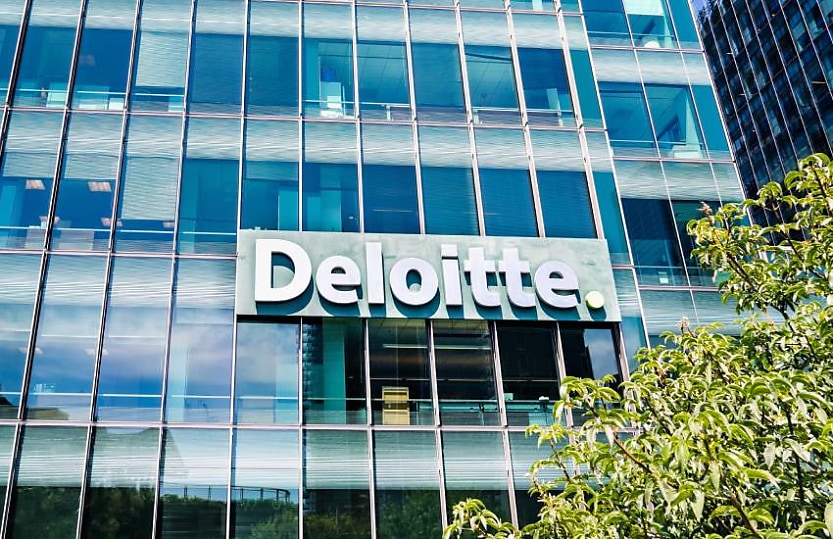Ambitious climate targets could leave Aussies $10k better off by 2035, Deloitte finds

Deloitte analysis has shown that a 75 per cent emissions reduction target could boost Australia’s economic growth and protect its competitiveness in a decarbonising world.
Analysis by Deloitte Access Economics has forecast that GDP would be $370 billion greater by 2035 under a 75 per cent emissions reduction target, compared to a business-as-usual approach.
This would translate to a per-capita GDP increase of over $10,000 by 2035. The analysis also predicted that strong emissions targets could deliver 70,000 jobs over the next decade.
“Australia is in a race to secure the global capital required to establish green industries. Setting a lower target today comes at the cost of lower business investment than would otherwise be the case,” Deloitte Access Economics lead partner Pradeep Philip said.
“Achieving a strong target creates the foundation for Australia’s economy to grow and compete in a decarbonised world, driving investment, innovation and industries for growth. Getting these foundations right with a 75 per cent target can drive, in today’s dollars, $190 billion more exports by mid-century.”
Australia’s government is due to decide on its 2035 emissions target soon. Business for 75, the business-led climate action group that commissioned the Deloitte analysis, argued that ambitious targets would provide businesses with certainty in a decarbonising world.
“As the world decarbonises, Australia can access significant export gains - both by decarbonising existing exports and creating new export industries,” Business for 75’s report read.
“But securing this opportunity is far from guaranteed: it will require clear signals that attract significant investment.”
The group signed an open letter calling for an ambitious emissions reduction target.
“Over 350 businesses including Future Group, Fortescue, Atlassian, Canva, IKEA, Unilever, Volvo Group Australia, Culture Amp, Bank Australia, Intrepid Travel and Ben & Jerry’s have signed the open letter calling for the government to commit to at least a 75 per cent target,” it said in a release.
Business for 75 argued that extreme weather fueled by climate change was already costing the Australian economy billions of dollars per year.
“Cutting fossil fuel use, deeply and quickly, is the best way to keep Australians safer, reduce risks to communities and critical infrastructure, and preserve the way of life we all cherish,” the report read.
Previous research has found that the government is already blowing past its natural disaster recovery budgets.
A paper by the Centre for Policy Development found that the government spends $1.6 billion a year on disaster recovery but only budgets $215 million, creating a funding gap of $6 billion over the forward estimates.
Deloitte’s modelling compared three scenarios: a 65 per cent emissions reduction target, a 75 per cent target and a 51 per cent scenario, aligned with Australia’s current projections with no further action.
The analysis considered how changes to technology, production and investment flow through the economy, using Deloitte’s ‘D.Climate’ CGE model.
Deloitte found that compared to a 65 per cent emissions reduction target, a 75 per cent target would unlock $20 billion per year between 2025 and 2035, and uplift export revenue by $190 billion by 2050.
“Deloitte’s analysis shows that stronger targets could bring forward billions in investment, deliver tens of thousands more jobs and open up huge clean export opportunities. From critical minerals to green iron, Australia has a winning hand to supply the world with the clean products of the future,” energy expert Dr Joel Gilmore said regarding the analysis.
“Today there are 33,000 people working in renewables and there will be tens of thousands more in 2030. The further and faster we move with strong climate policy, the more Australian communities will benefit – with secure jobs and long-term prosperity for Australian workers and their families.”
About the author

